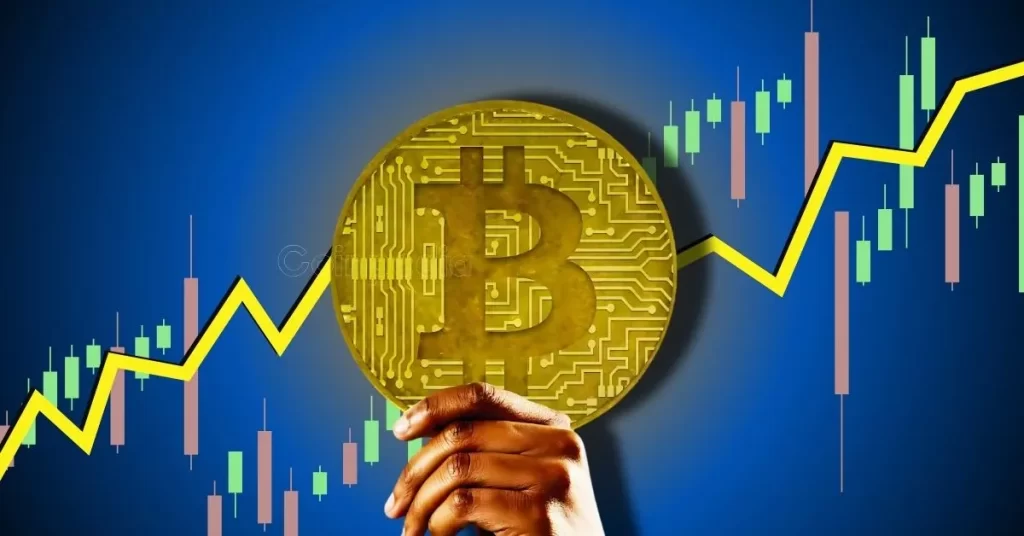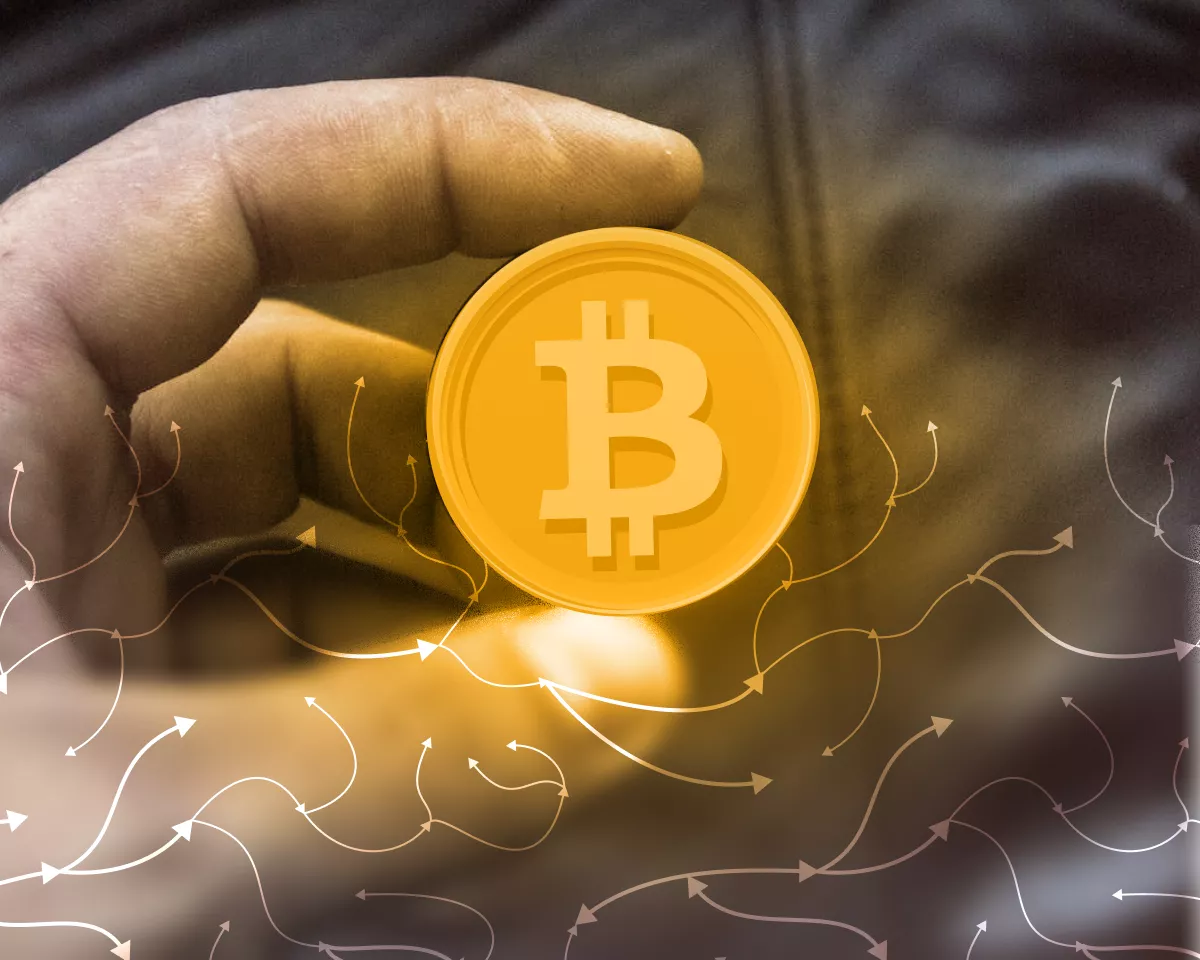
Stablecoins — long pitched as a dull, dependable cousin of cryptocurrencies like Bitcoin — have taken center stage in recent weeks.
The asset class pegged to stable currencies like the US dollar, has captured market and political attention as big companies and regulators increasingly enter the fray.
Last week, the US Senate advanced legislation that would create a federal framework for stablecoins, marking a milestone for a sector that has long operated in regulatory gray areas.
Meanwhile, shares of Circle Internet Group, the issuer of USDC, have soared more than 600% since the company’s June 5 debut on public markets.
That surge in interest is being matched by action.
Fintech firm Fiserv unveiled its own stablecoin this month, and major retailers Amazon and Walmart are reportedly exploring their own tokens.
If current trends hold, stablecoins’ total market capitalization — now at $260 billion — could nearly double to $500 billion by the end of 2026, according to Seaport Research Partners.
Despite the buzz, Wall Street remains cautious about how soon stablecoins will become mainstream in everyday retail payments.
Analysts at Bernstein and Evercore ISI say the most viable near-term use cases lie in areas like international money transfers and corporate payrolls.
Promise in cross-border payments and payrolls
Despite the buzz, Wall Street remains cautious about how soon stablecoins will become mainstream in everyday retail payments.
Analysts at Bernstein and Evercore ISI say the most viable near-term use cases lie in areas like international money transfers and corporate payrolls.
Cross-border payments, where speed and low fees matter most, are likely to benefit from stablecoin adoption, the analysts argue.
Blockchain-based transactions can outpace traditional financial systems in both efficiency and cost, offering businesses a reason to integrate stablecoins into their operations.
There’s also interest in using stablecoins to pay workers directly.
This could help companies in emerging markets sidestep unreliable banking infrastructure, while employees receive faster access to inflation-resistant funds.
Retail payments not quite ready
Still, when it comes to paying for everyday items — from e-commerce checkouts to bar tabs — stablecoins face higher hurdles.
As Bernstein’s analysts put it, “stablecoins are a solution looking for a problem in retail consumer payments.”
In traditional card-based transactions, merchants, not shoppers, absorb the interchange fees.
As a result, there’s little incentive for consumers to switch to new payment methods that offer them no immediate benefit.
Attempts by companies to push customers toward alternate forms of payment often lead to lower sales conversions and higher churn, the Bernstein team noted.
Without clear incentives or seamless integration, stablecoin adoption at the checkout counter is unlikely to gain traction anytime soon.
Not yet a threat to card networks
Evercore analysts similarly downplayed the immediate impact on established payment networks like Visa and Mastercard, despite Tuesday’s announcement that Fiserv had partnered with Mastercard to support stablecoin transactions.
“We think the adoption of stablecoins for domestic payments will take a while as the value prop isn’t strong enough yet,” the Evercore analysts wrote.
“And speaking from experience, consumers require a lot of incentives to switch their habits.”
Stablecoin expansion continues, but timeline uncertain
To be sure, stablecoin innovation is advancing at a rapid clip, with more announcements expected from both crypto-native companies and Fortune 500 firms.
But for now, it remains difficult to determine who the long-term winners and losers will be.
Analysts acknowledge the potential in stablecoins, but say it does not mean the roadmap to its mass adoption is clear.
Whether stablecoins eventually reshape global commerce — or remain a niche utility — may hinge on how seamlessly businesses and consumers adapt to a digital payments future that’s still being written.
The post Stablecoins gain momentum, but retail payment disruption remains distant appeared first on Invezz















 English (US) ·
English (US) ·